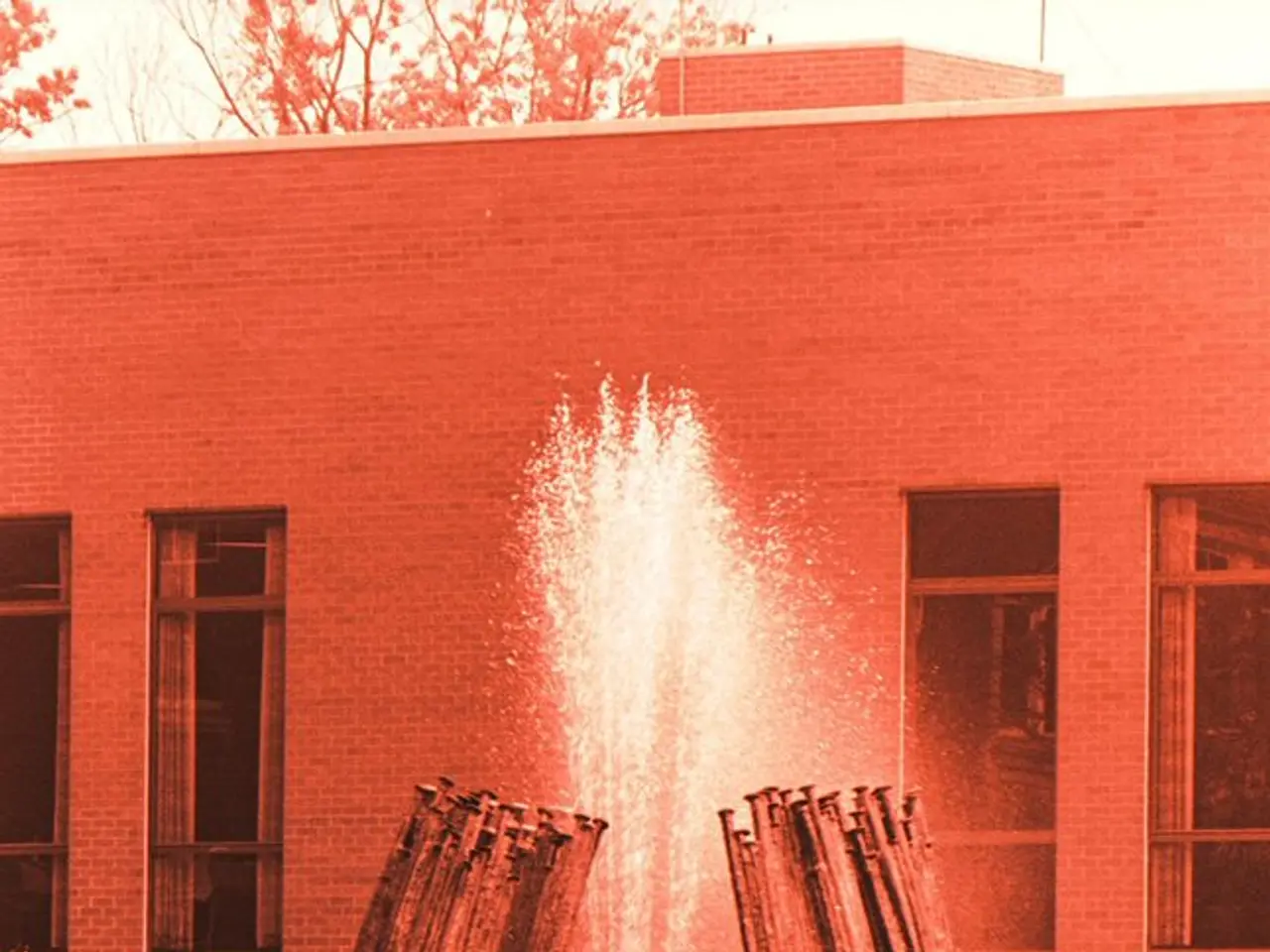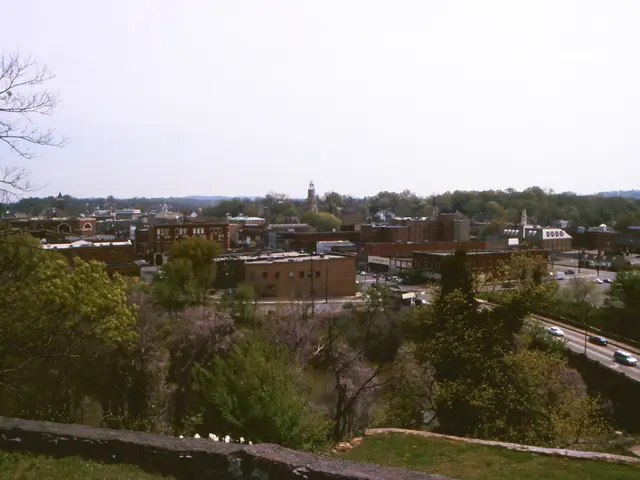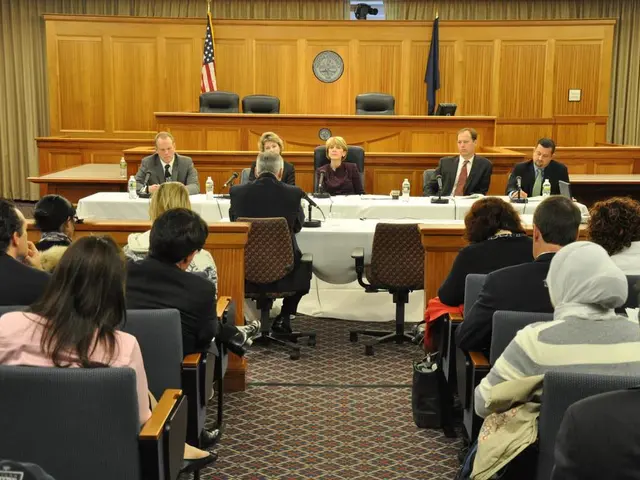Underground Journeys: Rome's Hidden Core
Embark on a captivating early morning journey through the heart of Rome, as you delve into the Baroque architectural masterpieces that adorn the Quattro Fontane intersection. This 3.1-mile loop, starting and ending at the National Monument to Victor Emmanuel II, offers a unique glimpse into the grandeur and creativity of 17th-century Rome.
The route does not include visits to iconic landmarks such as St. Peter's Basilica or the Roman Forum, but instead focuses on the lesser-known gem, San Carlo alle Quattro Fontane, also known as San Carlino. This architectural jewel, designed by the innovative Francesco Borromini between 1634 and 1641, serves as a testament to his groundbreaking design and the evolution of Baroque architecture.
San Carlo alle Quattro Fontane, Borromini's first solo commission, stands as a significant milestone in his career. The church's daring architectural innovations, such as its unprecedented oval plan with curving walls and a complex, interlocking geometric design, broke away from the Renaissance architectural norms. The church's façade is animated by undulating convex and concave surfaces, tall Corinthian columns, and intricate ornamental details, creating a dynamic sense of movement and elegance.
Inside, the church continues this innovative spirit with an oval sanctuary beneath a dome featuring geometric coffers in crosses, ovals, and hexagons. This fluid design, which blurs the line between architecture and sculpture, embodies the Baroque sensibility of emotional and visual dynamism. The hidden windows make the dome appear suspended in mid-air, adding to the church's optical illusion of greater height.
The Quattro Fontane area takes its name from the four fountains marking the intersection of major Roman streets. These fountains contribute to the area's identity and underscore the integration of water features and urban architecture in Rome's historic fabric. San Carlo alle Quattro Fontane stands as an architectural jewel at this intersection, reflecting Baroque Rome's grandeur and creativity during the 17th century, particularly under the influence of innovative architects like Borromini and patrons from religious orders.
Walking this area early in the morning offers a chance to appreciate Borromini's groundbreaking design and the charming beauty of Rome's Baroque architectural heritage in a quieter, less crowded setting. Impeccably dressed women and men, wearing accessories made of Italian leather, can be found in the neighbourhoods of Rome, adding to the charm of the city.
For those seeking freshly baked brioche or a glimpse of impeccably dressed Italians, the route does not include these elements. However, the absence of these elements does not detract from the route's ability to immerse visitors in the rich history and architectural splendour of Baroque Rome.
References: [1] Travel Books, Barbara A. Noe (Senior Editor). (2021). San Carlo alle Quattro Fontane. Retrieved from https://www.travelbooks.com/san-carlo-alle-quattro-fontane [2] Borromini, F. (1634–1641). San Carlo alle Quattro Fontane. Retrieved from https://www.baroque-architecture.org/borromini/san-carlo-alle-quattro-fontane [3] Rome, Italy. (2021). Quattro Fontane. Retrieved from https://www.rome-italy.com/quattro-fontane.html
- This route, while not visiting iconic landmarks, offers an immersive journey into the less-explored Baroque architectural heritage, specifically the church of San Carlo alle Quattro Fontane, a significant testament to the evolution of Baroque architecture.
- Embarking on this early morning expedition through the Quattro Fontane area, one can appreciate Borromini's innovative design, encounter the charm of Rome's lifestyle with impeccably dressed locals, and immerse oneself in the rich history and architectural splendour of 17th-century Baroque Rome.




